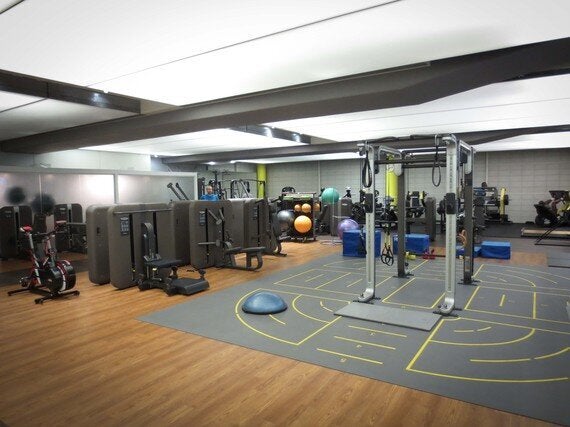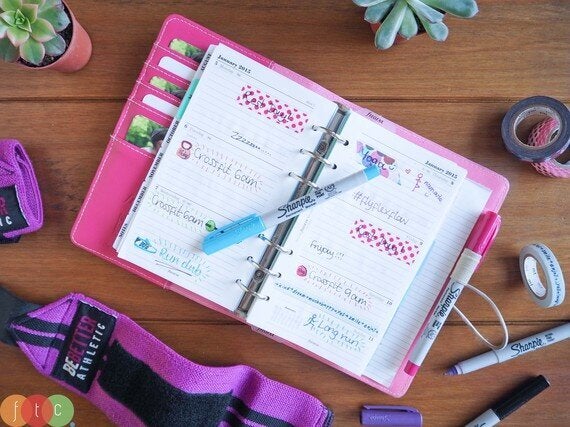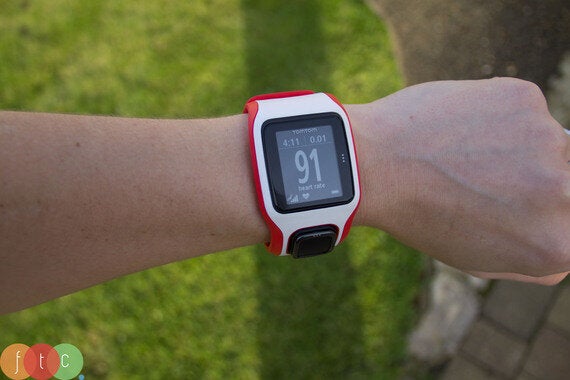
Apparently 32% of us in the UK were expected to have made New Years' resolutions for 2016, yet only about 12% of people successfully kept 2015's resolutions, and most are likely to have given up within the first month. The gyms may be packed now, but they're likely to be empty again by February. If you don't want to be just a statistic, then it's time to look at how to keep your New Years' resolutions.
So just how do you make, and keep, New Years' resolutions that will actually work for you?
I'm halfway through a Sport and Exercise Psychology course, and one of the most interesting topics so far has been adherence to exercise. Using what I've learned, and my own personal experience, I've put together my top four tips on how to make New Years' resolutions that you can stick to, and actually benefit from.
Before you think this is going to be another SMART goals post... I promise it's not! There are plenty of good posts out there telling you how to write SMART goals - and you've probably tried them all - so if you want to try something a bit different, keep reading.
1. Make Process Goals

One of the top New Years' resolutions people make is to lose weight. But, this is an outcome goal (what you want to achieve) rather than a process goal (how you plan to get there).
And get this... research suggests that 66% of people who set process goals are still adhering six months later, compared to only 44% of people who set outcome goals.
Revamp Your Goals!
Take the goal of losing weight. Let's assume you want to lose a lb of fat per week. To do this, you need a calorie deficit of 500 calories per day (3500 calories per week).
If you eat 300 calories less per day, and exercise to burn 200 calories more per day, you already have your 500 calorie deficit.
So, your process goals might be:
- Eat between 1700-1900 calories per day.
- Walk 30-40 minutes every week day.
2. Prompt Yourself

There's a reason people say to put your running kit out the night before you plan to do a morning run - it's a psychological technique to enhance adherence, called a "prompt".
In one study, placing a sign linking use of stairs to health increased the use of stairs from 69% to 77%, and an email sent out a week later by the employer's doctor, pointing out the health benefits of stair use, further increased use to 85%.
Be Untidy!
So, want an excuse not to tidy up? Now you've got one! The results above could quite easily carry over to exercise frequency by:
- placing posters, slogans or notes in prominent places around your house/workplace
- keeping exercise equipment in visible locations rather than hidden away in cupboards
- laying out your kit the night before, or leaving your trainers next to the front door
- recruiting social support from your friends and family to remind you to exercise
- exercising at the same time and place every day
All of these things will help prompt you, eventually turning your New Years' resolution into a habit!
3. Keep a Training Diary

Are you recording your efforts to keep active? If not, why not? Research shows that 73% of cardiac rehabilitation patients who kept a training diary were still exercising a year later, compared to 40% of those who didn't self-monitor.
Make it Public!
Keep a diary to track your workouts, and make this diary public to help even more - if people know their workout record is there for all to see, they are much more likely to work to keep it up. I keep a training diary on my blog, helping to keep me accountable.
If you want an extra challenge or focus, you can also keep your training record in the form of a team challenge or competition. For example, set a challenge to cycle the distance of London to Paris over a period of weeks, or swim the Channel in your local pool. The options are endless!
4. Record Feedback

Positive feedback keeps you going, but studies show that those who receive printed feedback about exercise levels displayed higher levels of adherence than those who received feedback via telephone.
Log Your Stats!
Take measurements, (chest, waist, hip measurements, weight, body fat percentage), do strength tests (10RM, or 1RM if you're experienced) and test your cardiovascular fitness (resting heart rate, exercise heart tae, time to walk/run 5k, number of kilometres cycled in a 10 minute cycle test, etc.).
But most importantly - log the results! You'll know how far you've come and be more likely to stick to your resolutions.
It's Not Too Late
Even if motivation has already started to dwindle, or you've announced your goals to the world, it's not too late to put some, or all, of these tips into practice. Revamp your goals, be untidy, make it public and log your feedback - it could just help your New Years' resolutions become a part of your life!
Have you made any New Years' resolutions? What are your tips to keep on track? Comment below!
This post first appeared on fitcetera.co.uk.